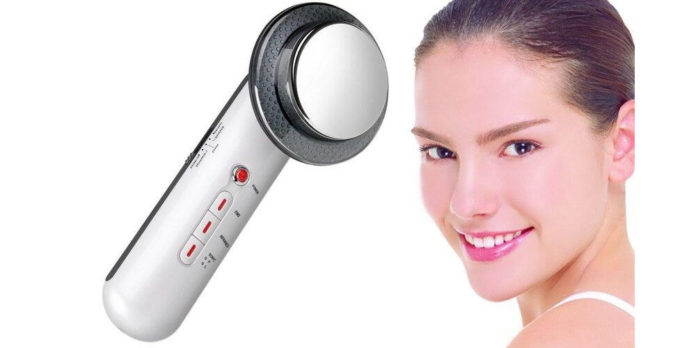High blood pressure is the causative agent for several health issues. These problems affect the heart, kidneys, and brain, among other body organs. Knowing your blood pressure is, therefore, so substantial to treating it. Early detection has helped to reduce mortality and morbidity rates. Besides, screening for high blood pressure by healthcare providers also improves detection. That explains why physical therapists use machines such as the EMS and Ultrasound Cavitation EMS Device to manage high blood pressure symptoms.
Additionally, in medicine, the EMS machine is often used for rehabilitation, especially in physical therapy, to prevent muscle atrophy because of inactivity and neuromuscular imbalance. The same is dissimilar from the transcutaneous electrical nerve stimulation, where the muscle contraction is usually not observed.
Electrical Muscle Stimulation is also known as neuromuscular electrical stimulation. EMS has received tremendous attention over the past five years for a variety of reasons.
For starters, athletes can use the device for strength training. Also, mobilized patients with high blood pressure can also use the machine as a preventive device. Other uses of EMS in the healthcare sector include:
1. Delivers a clean muscle contraction
Many athletes are over-inundated with noise. Even so, this is not from the fashionable headphones.
Psychological and physical stress can create fatigue while interfering with an athlete’s thought process and autonomic signals in their bodies. Relying on strength training for preparation is selling the athletes short.
Using EMS, athletes can contract a functional muscle group because they bypass the noise while working on the muscle in getting a contraction. This is nearly important when athletes are targeting muscle fiber with the right stimulation frequency.
2. Elicits strength
If you intend to use the EMS machine to elicit strength and gain muscle, you can rest assured that you will gain a significant muscle contraction if you use the right amount of current than when you choose to train three times a week.
Experts do not recommend that you rely on EMS only for strength training unless used for rehabilitation. Therefore, you should note that the device works best when integrated with a traditional training program that needs coordination for efficiency and training adaptation transfer.
3. Makes the coaches more intelligent
EMS makes rehabilitation professionals ponder over an athlete’s skeletal muscles’ recruitment characteristics while helping them diagnose health issues related to fatigue and injury in the peripheral, central nervous system.
When a weightlifter suffers a knee injury, strength training is not restoring the quadriceps muscle. The lifter’s brain will not allow the muscles to chip into the joint’s movement in squatting and pulling motions. Given that the massage stretching from their mind to muscle may not get through, inhibition may fail to dominate the program. That is where EMS comes in as a useful device in physical and mental training.
Final Thoughts
The hope for the future is that more coaches recognize EMS technology’s health benefits in the future. Not much has changed since the launch of the device. But several inroads have been made into its continued development. Who knows, maybe better from EMS is yet to be seen!







